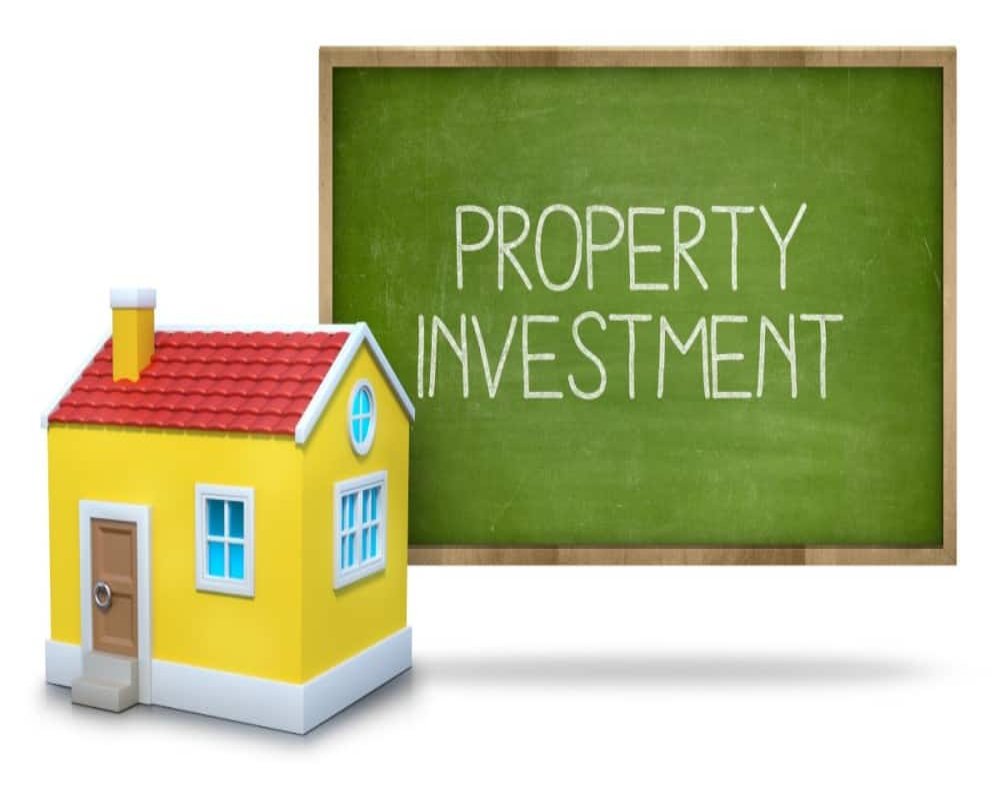Introduction
Yield calculation methods for property investments are essential tools used by investors to measure the income-generating potential of a real estate asset relative to its cost or value. Yield provides a simple but powerful indicator of an investment’s financial performance, allowing investors to compare different opportunities, assess risk-return tradeoffs, and make informed decisions about where to allocate capital. Understanding the different methods of yield calculation is critical, as each method captures different aspects of property performance and is used in varying contexts depending on investment strategy, market conditions, and asset type.
Purpose and Strategic Importance of Yield Calculations
The primary purpose of yield calculations is to quantify the expected return from a property based on its income streams. In commercial real estate, where the value of an asset is closely linked to its ability to generate stable cash flow, calculating yield helps investors determine whether a property meets their investment goals.
Yield calculations also serve as a benchmark for comparing different types of properties (such as offices, industrial spaces, or multi-family units), different geographic markets, or different phases of investment (stabilized assets versus value-add opportunities). Additionally, yield analysis plays a major role in underwriting loans, pricing assets during acquisition or disposition, and constructing balanced investment portfolios.
Key Methods of Yield Calculation
The most commonly used yield calculation methods in property investments include initial yield, reversionary yield, equivalent yield, and net yield. Each provides a slightly different perspective on the relationship between income and value.
Initial Yield
Initial yield, often called entry yield, measures the annual income a property is producing at the time of purchase relative to the price paid. It is calculated as:
Initial Yield=Net Operating Income (NOI)Purchase Price×100\text{Initial Yield} = \frac{\text{Net Operating Income (NOI)}}{\text{Purchase Price}} \times 100Initial Yield=Purchase PriceNet Operating Income (NOI)×100
This metric offers a snapshot of income return based on current conditions, without factoring in potential changes such as rent increases or future re-leasing events. It is widely used during the acquisition phase to quickly assess the attractiveness of a deal.
However, initial yield can be misleading if the property is under-rented or over-rented compared to market rates. Therefore, it is often complemented by other yield measures.
Reversionary Yield
Reversionary yield looks forward, estimating the yield the property would generate if it were leased at full market rental rates rather than at its current contracted rent. It is calculated as:
Reversionary Yield=Market Rent NOICurrent Market Value×100\text{Reversionary Yield} = \frac{\text{Market Rent NOI}}{\text{Current Market Value}} \times 100Reversionary Yield=Current Market ValueMarket Rent NOI×100
This method is important for assets where there is potential for rental growth or where leases are currently below market rates. It helps investors evaluate the upside potential of the investment once leases are renewed, renegotiated, or re-let at prevailing market conditions.
Equivalent Yield
Equivalent yield combines both the initial income and the anticipated rental growth into a single figure. It reflects the blended return over the life of the asset, weighted by income streams and timing. Equivalent yield is derived through detailed discounted cash flow (DCF) models rather than simple formulas.
It provides a more accurate and sophisticated reflection of an investment’s performance, particularly for properties with a mix of short- and long-term leases, varied rent reviews, or expected capital expenditures. Equivalent yield is often used by institutional investors valuing properties based on both immediate and future income profiles.
Net Yield
Net yield refines the concept of initial yield by accounting for additional acquisition costs such as legal fees, stamp duties, agent fees, and other transaction expenses. It is calculated as:
Net Yield=NOIPurchase Price + Acquisition Costs×100\text{Net Yield} = \frac{\text{NOI}}{\text{Purchase Price + Acquisition Costs}} \times 100Net Yield=Purchase Price + Acquisition CostsNOI×100
This measure provides a more realistic indicator of the true investment return by recognizing the full capital outlay rather than just the purchase price. In markets where transaction costs are significant, net yield is preferred over gross initial yield for comparative purposes.
Other Related Metrics
In addition to the above, investors often calculate gross yield (based only on gross rental income without deducting expenses) and cash-on-cash return (focusing on actual cash distributions compared to equity invested). While technically not pure yield calculations, they offer valuable complementary views depending on investor focus—particularly in private equity real estate or syndications.
Challenges in Yield Analysis
Yield calculations, while straightforward in theory, can become complicated in practice. Assumptions about rental growth, vacancy periods, maintenance costs, tenant creditworthiness, and future capital expenditures heavily influence yield projections. Misjudging these factors can result in overestimating returns or underpricing risks.
Moreover, yield must always be interpreted in the context of the asset’s risk profile. Higher yields often signal greater perceived risk (such as with secondary locations or unstable tenants), while prime assets in strong markets typically command lower yields reflecting their security and liquidity.
Conclusion
Yield calculation methods are vital tools for assessing the income potential and comparative value of property investments. By using initial yield, reversionary yield, equivalent yield, and net yield appropriately, investors can gain a multifaceted understanding of both current performance and future prospects. However, accurate yield analysis demands careful attention to property-specific factors, market dynamics, and the assumptions underpinning projections. In today’s increasingly data-driven investment environment, mastering yield calculations is fundamental for making disciplined, profitable, and strategically sound real estate investment decisions.
Hashtags
#YieldCalculation #PropertyInvestment #RealEstateInvesting #InvestmentStrategies #CashFlowAnalysis #ROI #RealEstateTips #PropertyYield #InvestmentEducation #FinancialLiteracy #RealEstateFinance #PassiveIncome #InvestmentReturns #WealthBuilding #PropertyManagement #MarketAnalysis #InvestmentPortfolio #RealEstateWealth #FinancialFreedom #SmartInvesting


